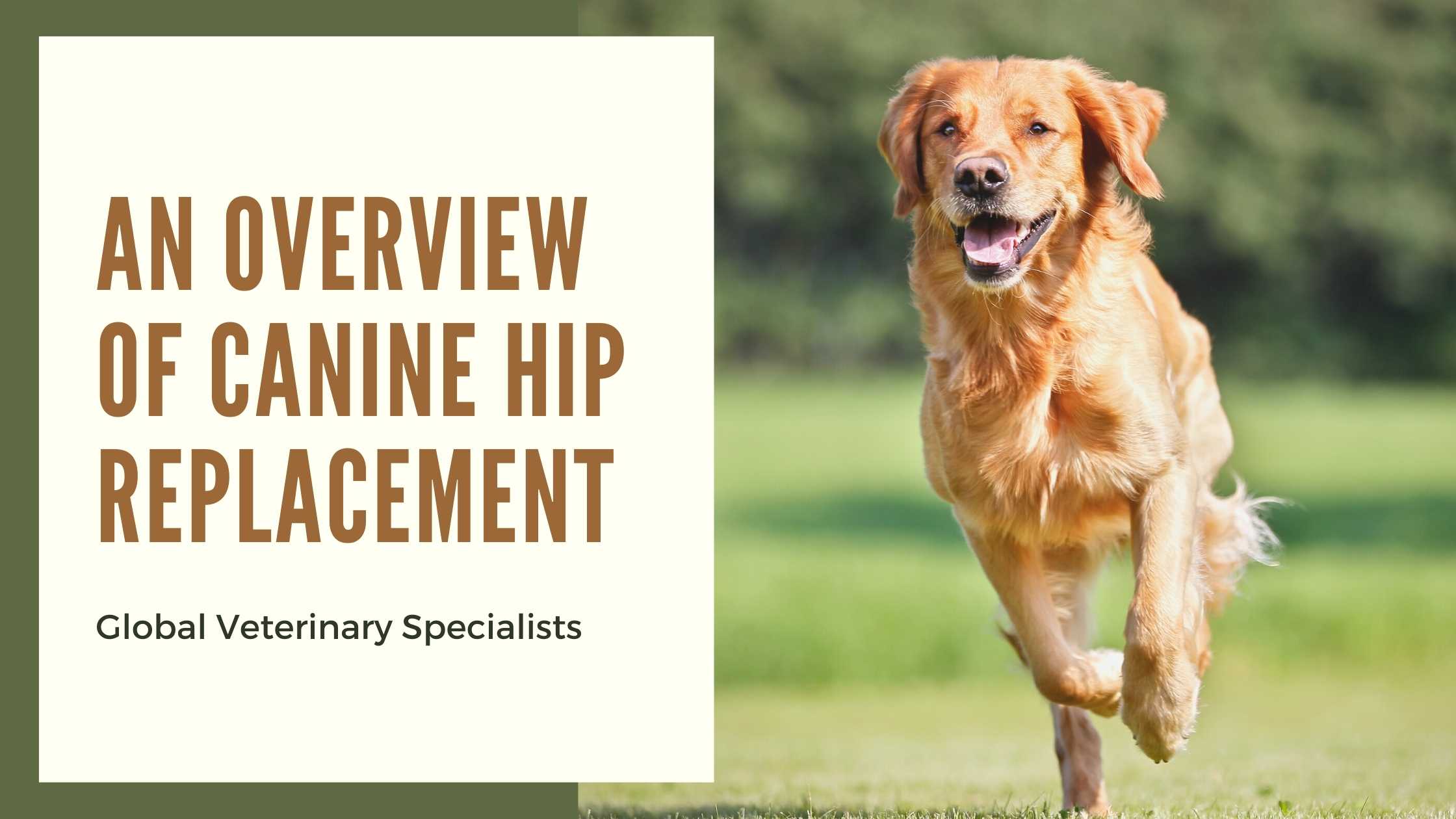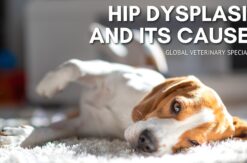The most common indications for canine total hip replacement surgery include but are not limited to hip dysplasia, secondary arthritis, hip luxation, femoral head/neck fractures, and avascular necrosis of the femoral head (Legg-Perthes disease). THR is commonly performed once skeletal maturity has been reached, although, under some circumstances, it may be performed before this time.
While THR is generally recommended after all conservative options have been considered, it is the only treatment option that restores full mobility, allowing the canine to resume a happy and healthy life. Considered the gold standard surgical procedure, it involves replacing the damaged hip joint with a prosthetic ball and joint, restoring full mobility, and preventing the reoccurrence of painful conditions like hip dysplasia.
BioMedtrix offers cemented and cementless implants for dogs, even cats, ranging from three-and-a-half to 180 pounds. Cemented implants use bone cement and on-growth of bone. In contrast, cementless or press-fit technology utilizes precise implementation and osteointegration of bone. The appropriate method for your pet is determined during examination and radiography.
The Surgical Team
Global Veterinary Specialists comprises an exceptional team of board-certified veterinary surgeons with extensive total hip replacement surgery experience. They have performed more than 1,700 procedures on dogs and cats. All GVS surgeons are dedicated to using their expertise to improve the level of patient care, expanding the knowledge of veterinary joint replacement surgery, and collaborating with you to ensure the success rate of the total hip replacement surgery in your companion animal.
Post-Surgical Expectations
- Most THR patients are awake from anesthesia in about 30 minutes
- You will receive a call from the surgeon or a staff member after surgery
- Your primary care veterinarian will be kept informed
- Your companion will receive pain medication to be kept comfortable
- Constant, around the clock patient care, is provided
- About half of the THR patients can go home the day after surgery
- Dogs will walk to the car using the new hip with some assistance
- You will receive written home-care instructions, including medication directions at the time of release
- Stitches are removed 10-14 days following surgery
- Radiographic evaluation is done 5-6 weeks after surgery
- The veterinary surgeon will complete annual communication and evaluation
Total Hip Replacement Success Rates
Each dog and cat that has undergone this surgical procedure is added to Global Veterinary Specialists’ patient registry. That allows our team to measure the outcome of completed total hip replacement surgery in five-year follow-up intervals. Our expectation at that time is that more than 95 percent of our patients will continue to experience full, pain-free mobility for the next ten years following each post-surgical appointment.
Schedule a Veterinary Appointment Today
Global Veterinary Specialists recognize that dogs and cats encounter orthopedic injuries, disabling difficulties, and diseases that can impact their quality of life and are committed to restoring mobility by treating hip dysplasia and other conditions. Each GVS surgeon has more than twenty years of veterinary and surgical experience.
We are teachers, mentors, inventors, clinical researchers, and veterinary surgeons committed to achieving excellent results for every animal we see regardless of age or breed. Please contact us today to learn about the various options for correcting hip dysplasia and how we can help restore your pet’s quality of life.



